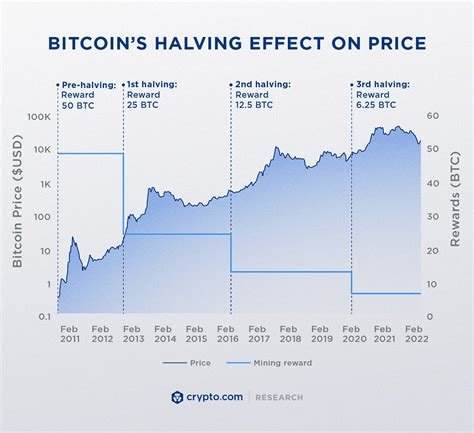Ethereum: Why does the Bitcoin protocol use the little-endian notation?
Ethereum: Understanding Ethereum Little-Endian Notation and Its Implications
The Bitcoin protocol, developed by Satoshi Nakamoto under the pseudonym “Satoshi Lamport”, uses a unique notation system known as little-endian (LE). This notation is not only used for data transmission, but also applies to low-level application programming that works with the Bitcoin protocol. In this article, we will explore why Ethereum developers chose to use little-endian notation and what it means for developers working with the Bitcoin protocol.
What is Little-Endian Notation?
Little-endian notation is a data storage system that stores the least significant byte (LSB) of each byte first. In contrast, big-endian notation stores the most significant byte first. These differences in representation can create subtle differences in the way data is transmitted and interpreted.
Why did Ethereum choose Little-Endian notation?
The Ethereum developers chose the simple notation for several reasons:
- Hardware compatibility: The Bitcoin network relies heavily on commodity hardware, such as desktops and servers. Implementing large notations would require specialized hardware support that may not be readily available or compatible with all devices.
- Data integrity: By using small-endian notations, the developers ensured that data transmission and storage were more robust to hardware failures or other issues that could introduce errors into the data stream.
- Readability and familiarity: Small notations are more understandable to humans than large notations. This made it easier for developers to design and implement the Bitcoin protocol, ensuring consistency across platforms.
Implications of using Little-Endian notation
